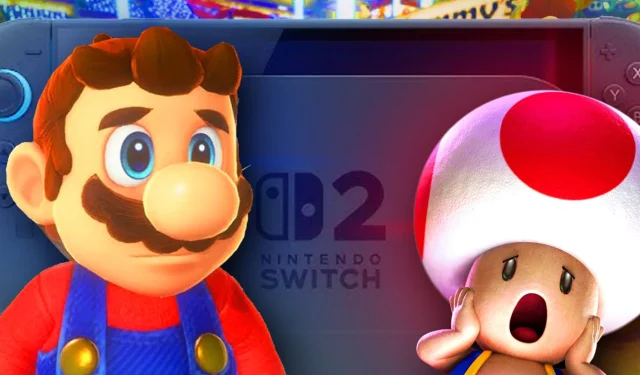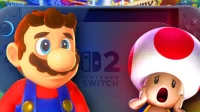In a recent Nintendo Treehouse livestream showcasing the highly anticipated Nintendo Switch 2, fans flooded the chat with a unanimous demand: “DROP THE PRICE.”The excitement surrounding the event was quickly overshadowed by concern over the console’s pricing, set at $449.99, with a bundled version including Mario Kart World available for $499.99. Additionally, gamers were taken aback by the high price tags on new titles, notably the $80 cost for Mario Kart World, scheduled for release in June.
During the live event, hosted by Nintendo of America, the chat erupted with numerous fans expressing their dissatisfaction with the pricing. Despite the focus on gameplay and upcoming titles like Donkey Kong Bananza and others, the persistent refrain of “DROP THE PRICE”dominated the conversation, drowning out various other comments. This digital protest highlighted a significant sentiment among the Nintendo community, though the stream itself made no mention of these grievances.
https://www.youtube.com/watch?v=MkNm2wmpytohttps://www.youtube.com/watch?v=MkNm2wmpyto
Widespread Discontent Over Nintendo’s Pricing Structure
Price Sensitivity Among Fans is Palpable
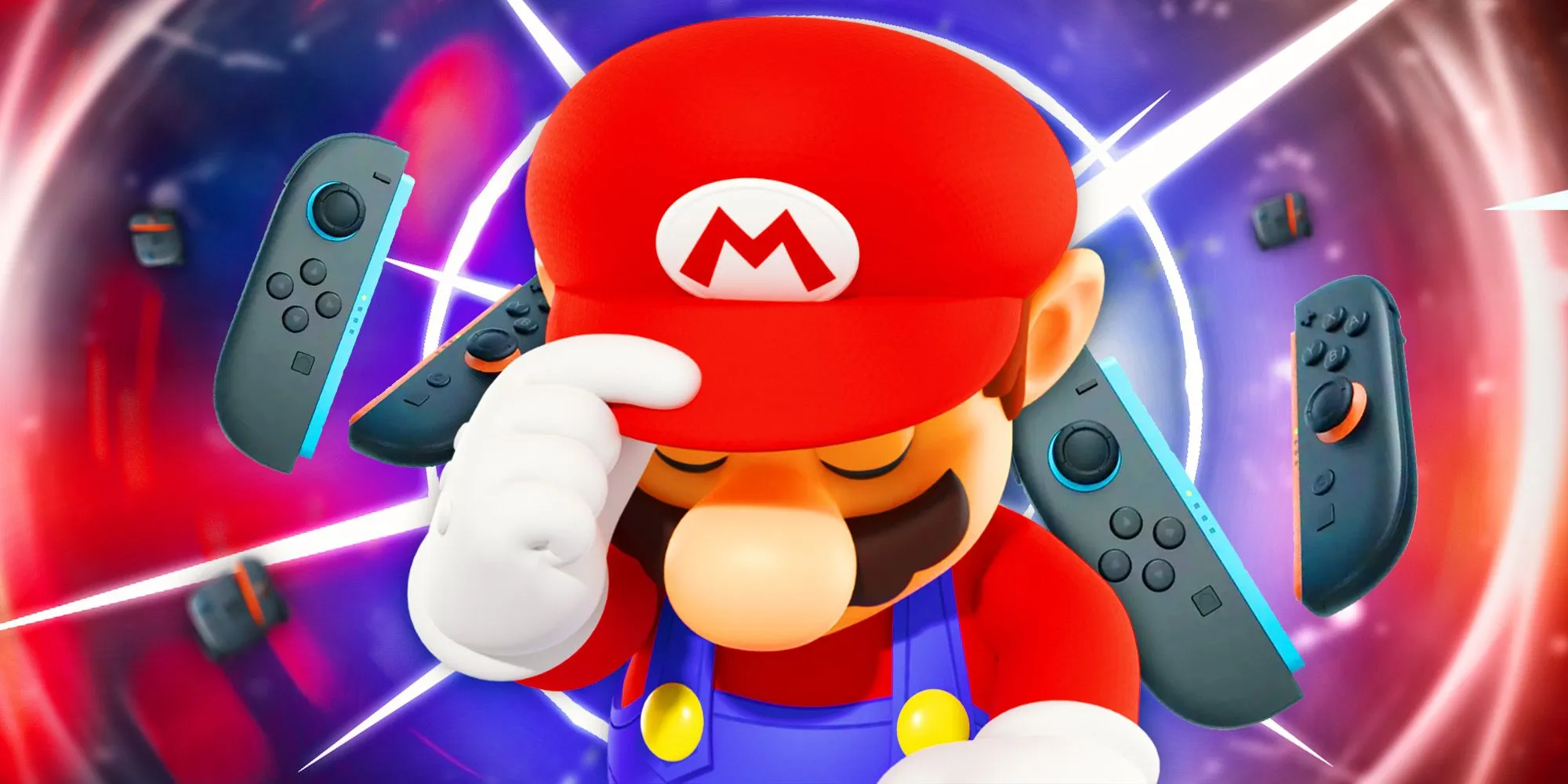
The message from the fanbase is unequivocal: the pricing for both the Nintendo Switch 2 and its game lineup is perceived as excessive. While the new console boasts enhanced specifications compared to its predecessor, it still falls short in hardware capabilities when compared to competitors like the PS5 and Xbox Series X, which share similar price points. There is also an ongoing conversation about the backward compatibility of Switch titles, as many games seem to have unresolved issues in that regard.
The pricing discrepancies among titles further compound fan frustrations. For instance, Donkey Kong Bananza is priced at $70, and the Switch 2 edition of The Legend of Zelda: Tears of the Kingdom also has an $80 price tag. Notably, the Nintendo Switch 2 Welcome Tour offers a digital-only experience designed mainly as a tech demo but comes at a cost, intensifying the sentiment that players are being asked to pay a premium for content.
Moreover, prices for physical copies are even slated to be higher in European markets, where they are listed at €89.99, roughly translating to $97 USD, further triggering discontent among international fans.
Despite the Outcry, Nintendo’s Stance Remains Solid
Economic Factors May Constrain Price Flexibility
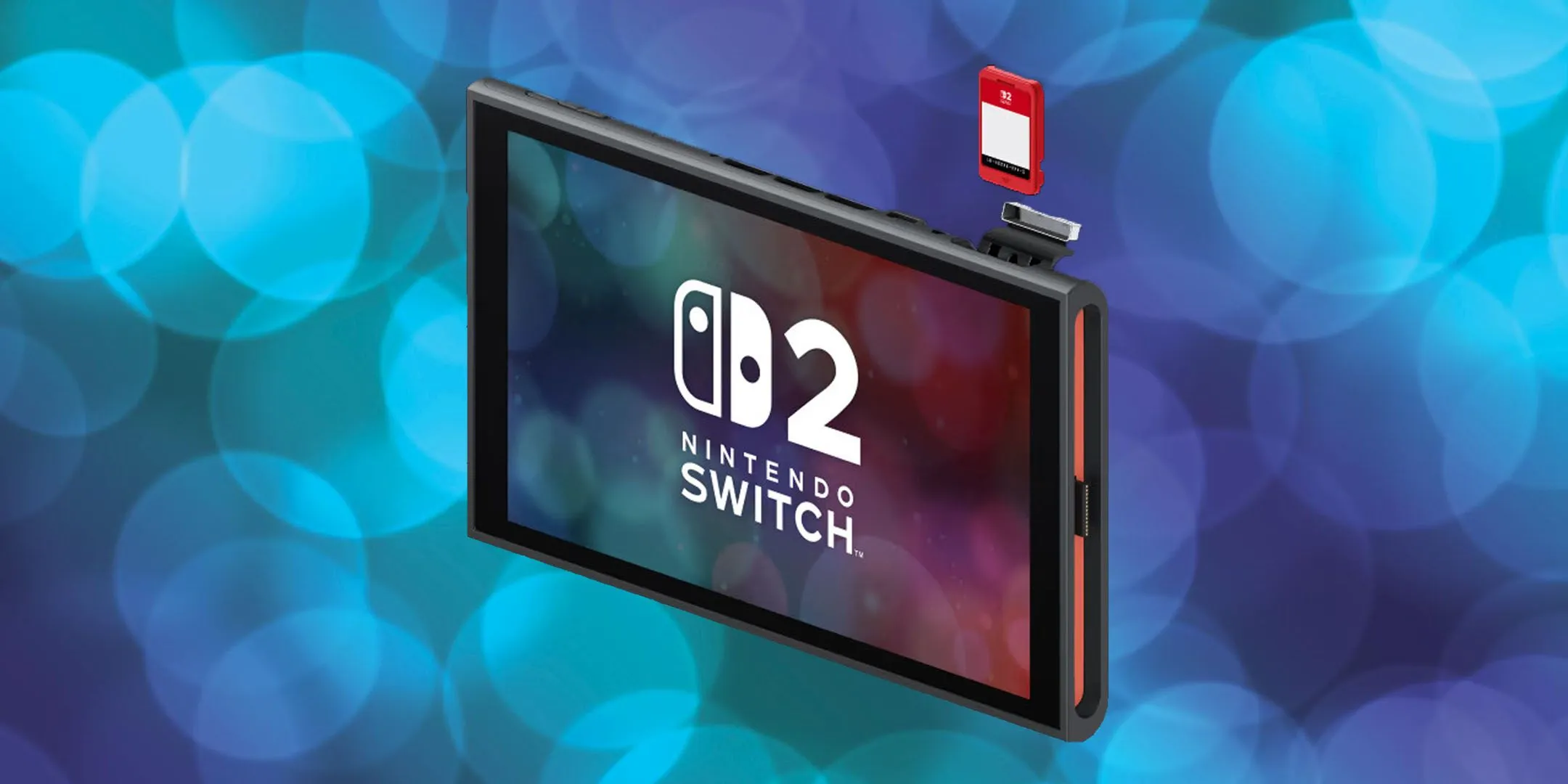
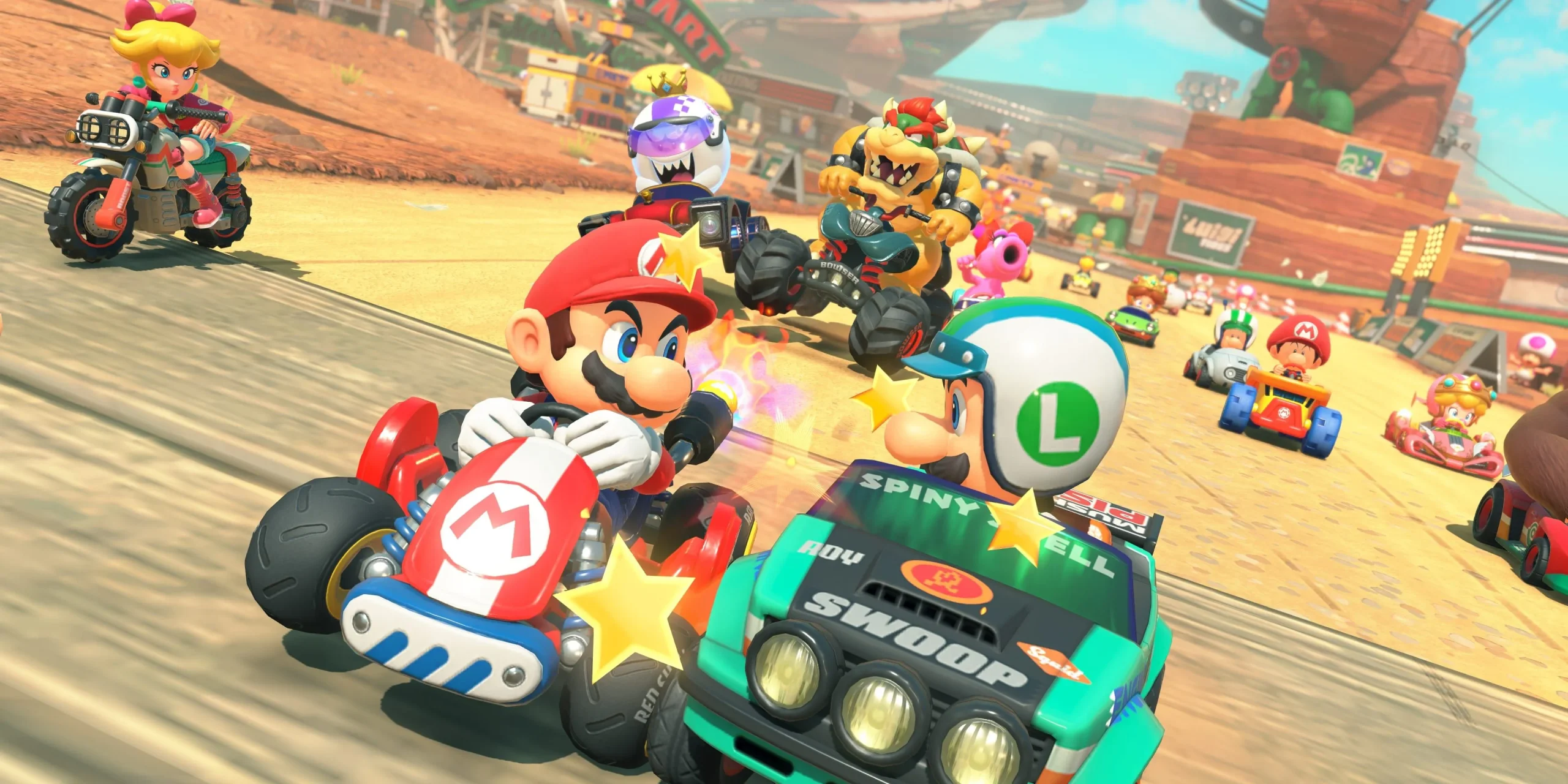

While the fan backlash is notable, it seems improbable that Nintendo will adjust its pricing strategy. With the launch of the Switch 2 set for June 5, there is limited time for significant pricing changes, especially considering that even in inflation-adjusted terms, this console is not Nintendo’s most expensive offering to date. Current market trends suggest that game prices will also remain steadfast.
The recent imposition of tariffs on goods could further compound the pricing dilemma. With Nintendo having shifted a considerable portion of production to Vietnam, these tariffs on imports may restrict the company’s ability to reduce prices. The wider impact of these tariffs across various sectors indicates that price adjustments from Nintendo may be unlikely.
Furthermore, Nintendo’s first-party titles are typically exclusive to their platforms, meaning they rarely see discounts or sales. This exclusivity allows the company to maintain higher prices due to the captive market, which consists of gamers who must invest in a Switch or Switch 2 to access beloved franchises like Mario or The Legend of Zelda.
In conclusion, regardless of the rationale, it is evident that many Nintendo fans feel dissatisfied with the pricing structure of the Nintendo Switch 2 and its games. Whether this collective expression of discontent will lead to any tangible changes from Nintendo remains to be seen.
Source: Nintendo of America/YouTube
